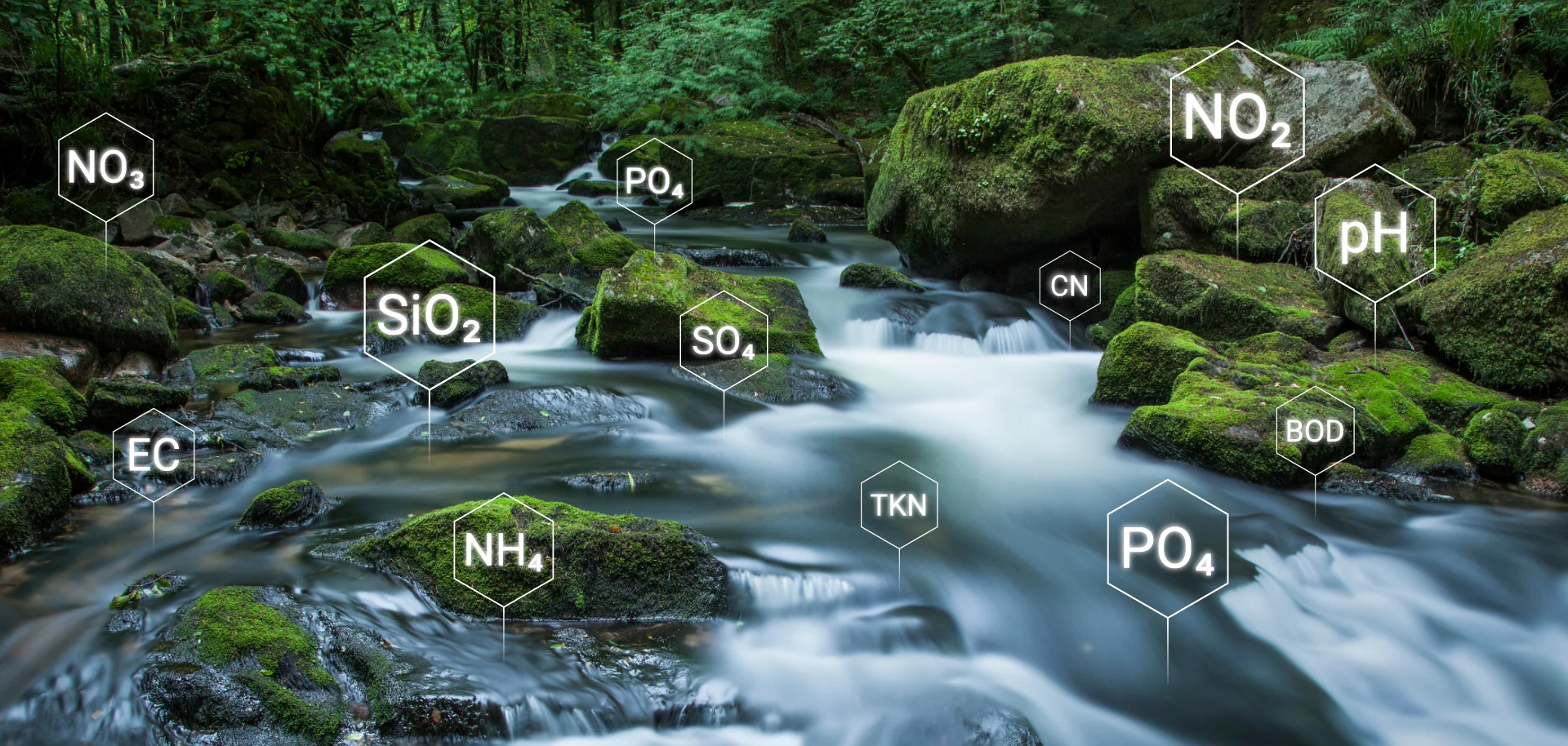Our methods
With over 60 years of expertise, SEAL Analytical has developed and refined nutrient analysis methods trusted by laboratories worldwide. Designed for accuracy and compliance, our methods meet global standards such as ISO, EPA, UKAS, AOAC, and Coresta, ensuring reliable results across environmental, agricultural, and commercial applications.

Setting the Standard in Nutrient Analysis
SEAL Analytical has developed a wealth of knowledge and expertise with over six decades of experience in nutrient analysis and sample handling. Our methods reflect this journey, developed and refined through extensive testing and real-world application across the globe. The history of our AA2 continuous flow analyzer, which contributed to the development of many Standard Methods, reflects our long-standing commitment to quality and accuracy. From environmental testing to dairy, tobacco, and beyond, our systems not only meet but exceed the standards set by leading regulatory bodies, including ISO, EPA, UKAS, AOAC, and Coresta.
ISO Methodology
Across our product lines, including discrete analyzers, continuous flow analyzers, robotic handling systems, and digestion systems, we offer ISO-compliant methods for reliable, high-precision results. Whether you're looking for nutrient analysis in environmental, agricultural, or industrial applications, our instruments are fully capable of meeting ISO standards, ensuring the consistency and quality that your lab requires.
If you would like to learn more about how our systems integrate with ISO methodologies or need guidance on your specific application, our team of experts is here to help. All SEAL locations are well-versed in our methodology for ISO compliance, please contact us with questions or requests.
EPA Methodology
SEAL Analytical's analyzers are trusted across the United States and Americas for meeting the stringent requirements of EPA methodologies in nutrient detection and analysis. Our wide range of discrete analyzers, continuous flow analyzers, robotic handling systems, and digestion systems automate methods for EPA compliance for environmental and water testing.
If you’re looking to enhance your lab’s EPA-compliant capabilities or have questions about our available methods, our team at SEAL Analytical's US headquarters is here to help. Reach out directly for support and recommendations for your testing needs.
Methods for AOAC Compliance
SEAL Analytical provides solutions that adhere to AOAC-approved methods for nutrient analysis, including critical parameters such as nitrogen, phosphorus, potassium, pH, and more. Our discrete and continuous flow analyzers, along with robotic handling systems and digestion equipment, ensure accuracy and reproducibility for soil, water, and fertilizer testing. SEAL systems streamline AOAC-compliant processes, offering high throughput and reliability to meet the needs of laboratories performing regulated nutrient analysis.
To explore our AOAC-compliant methods or discuss how our systems can enhance your lab’s performance, contact your nearest SEAL team for expert support and guidance.
Coresta Approved Methodology
Tobacco laboratories around the world have trusted their tobacco analysis to the AutoAnalyzer II, AutoAnalyzer 3, and now the AutoAnalyzer 500. Bringing a previously unattainable level of sensitivity, speed, and precision to your tobacco and nicotine analysis, SEAL Analytical’s AutoAnalyzer series offer Coresta-approved methodology for common parameters such as total alkaloids, reducing sugars, reducing carbohydrates, and nitrate. Additionally, SEAL proudly offers compatiblilty with Coresta no. 85 for total alkaloids, using safer reagents than previous method options.
All of our locations are well-versed in our Coresta-approved methodology. Discover what SEAL Analytical has to offer for your laboratory by contacting any of our locations today!
Common Applications
With over 1,000 methods developed, SEAL Analytical brings a wide-range of possibilities to your laboratory. Explore our Markets and Products pages for method details specific to each area, or learn more about a few of our most common applications below.
